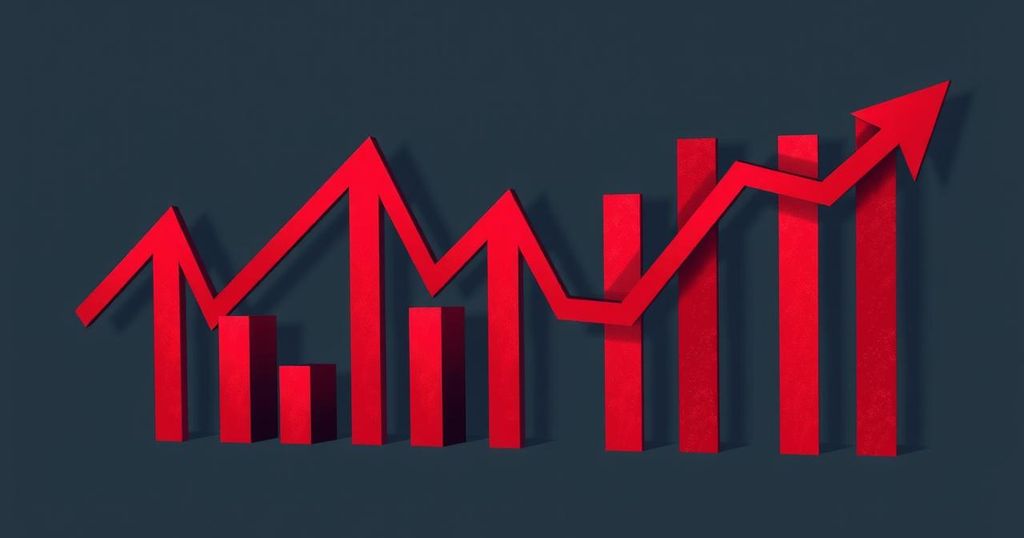The weakening US dollar may benefit Bangladesh by lowering import costs and boosting apparel exports as US tariffs on China rise. However, it may also increase export prices, posing risks to demand. The overall economic impact remains complex, necessitating careful navigation of these developments.
The depreciation of the US dollar presents several potential benefits for Bangladesh, particularly in the realm of international trade. A weaker dollar may reduce the costs of imports, subsequently alleviating domestic price pressures faced by consumers. Furthermore, anticipated cuts to the Federal Reserve’s interest rates could lower borrowing costs for Bangladeshi banks and businesses, providing some relief for the nation’s currency, the taka, which has lost significant value—approximately 40% against the dollar in recent years.
Bangladesh’s apparel exports may see a significant boost as tariff increases on Chinese imports compel US buyers to seek alternative sources. The increased competitiveness of Bangladesh alongside countries like Vietnam in this regard could fortify its position in the US market. Reports indicate that Bangladesh’s exports to the US surged by 45.93% in January 2025, reflecting this growing trend.
Despite the opportunities presented by a weakening dollar, there are also associated risks. While the depreciation assists in reducing import costs, it could result in an increase in the expense of Bangladeshi exports. Additionally, heightened tariffs on imports from China may lead to inflationary pressures within the US economy, potentially curbing US consumers’ purchasing power and reducing demand for Bangladeshi exports.
Market experts suggest that fluctuations in the value of the dollar can yield mixed effects on Bangladesh. On one hand, it may facilitate cheaper foreign funding for businesses; on the other, it could inflate export prices, negatively impacting demand. The current environment, characterized by increasing US tariffs on competing suppliers, suggests that Bangladesh might capitalize on this shift in sourcing patterns.
In conclusion, the weakening US dollar presents both opportunities and challenges for Bangladesh. While it can ease import costs and boost apparel exports due to heightened US tariffs on China, it may also inflate export prices, potentially dampening demand. Navigating these dynamics will be crucial for Bangladesh’s economic strategy moving forward, particularly in the textile sector.
Original Source: www.tbsnews.net




